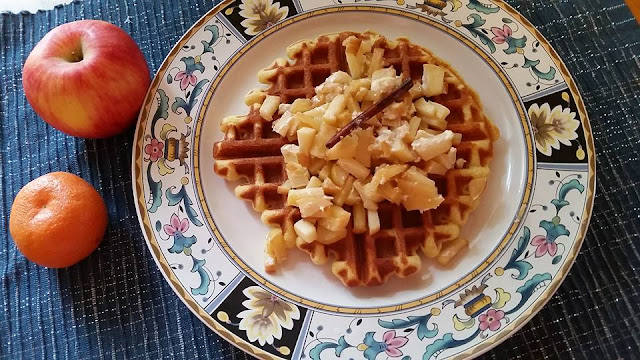My aunties always send the loveliest gifts, and this Christmas suprised me with two gorgeous cookbooks from Yotam Ottolenghi and Sami Tamimi. I hadn't made chickpea hummus in years, since there are a number of great local brands and chickpeas have always been the most challenging beans to cook from dry. I figured, though, that with the expertise of these two guys, I'd give it another try.
Oh, my goodness. So delicious, so worthwhile, and I've now made evenly cooked chickpeas for the first time in my life. The trick to getting them just right, as it turns out, is cooking the soaked beans with a little baking soda before adding the cooking water. The abrasive baking soda softens up the skins. I've made a couple of small adjustments to the other ingredients to get the balance of flavors right where I like it, and I hope you'll do the same!
The chickpeas:
First, rinse and and look over 1 1/4 cups dried chickpeas. Why? Because beans used to come with little special extras like pebbles and clumps of dirt. I don't think I've found any of those in recent years, but I'd still rather be safe than sorry! Soak the beans in enough water to cover them twice. I don't usually bother soaking other beans, but in this case I will definitely follow that step. If you're short on time, two cans of chickpeas would be the right amount to start with.
Soak overnight or at least six to eight hours. Drain the chickpeas and put them in a 4-5 quart pot with 1 tsp baking soda. Stir and cook for three minutes over medium heat to loosen the skins up--this is the magic step right here, so don't skip it!
Add about 6 1/2 cups of water to the pot and give it a good stir. Set a timer for 20 minutes and turn the heat up to high to bring it to a boil. Skim off the foam that forms and any beans or skins that float to the top. Then turn the heat back down to medium-low to let it simmer.
Start checking the chickpeas for doneness when the timer first goes off. You may need to go up to twenty more minutes, depending on how far back in the stockroom your beans were, but both my batches were done at the first check.
Next, while the beans cook:
Squeeze 2-4 fresh lemons until you have 1/3 cup of juice. I charred mine on a grill pan this time...it only added a little extra flavor to the hummus, but it softened up the lemons a lot, so they gave off more juice.
Measure out 1 cup of light tahini, crush 2-4 garlic cloves (depending on your taste and their size), and set out 1 tsp salt and 1/3 cup cold water.
When the chickpeas are ready:
Drain them well, reserve about 1/3 cup for garnish, and place the rest in a food processor. Pulse them to start the purée. Open the lid and place in the salt and garlic, then put the lid back on, start the machine and add the tahini, juice and water through the top while it runs. Add a little more water if it's still too thick for your liking.
Serve room temperature, topped with the intact chickpeas and a drizzle of your favorite olive oil. You'll note the elegant bowl I selected: I'm taking most of today's batch to work in the morning!























